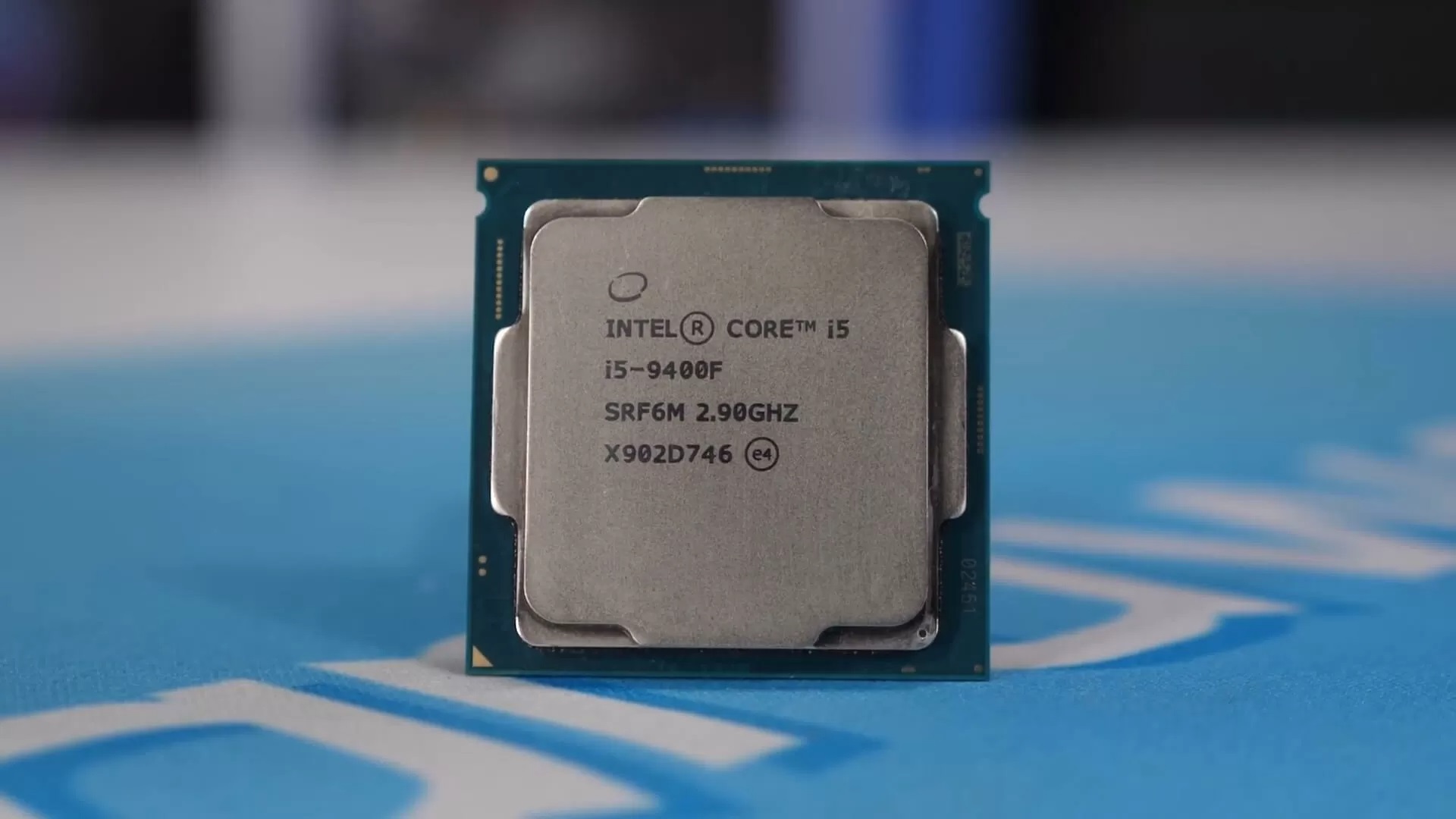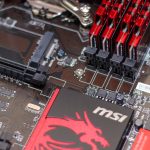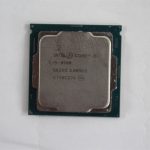In the world of computing, the processor is the heart of a system, and Intel’s Core i5-9400F is a compelling heart at that. This mid-range CPU from Intel’s 9th generation lineup is designed to offer a balanced mix of performance and efficiency for the general user and even the aspiring gamer. Understanding the capabilities of the i5-9400F involves assessing its architecture, performance benchmarks in various applications, suitability for gaming and creative tasks, and comparing it with other CPUs in its category.
Analyzing the Intel Core i5-9400F Architecture
The Basics of the 9th Gen Design
The Core i5-9400F features a Coffee Lake architecture, which is built on a 14nm process technology. With six cores and six threads, the processor lacks Intel’s Hyper-Threading technology but compensates with a high base clock speed of 2.90GHz, capable of boosting up to 4.10GHz when needed. The ‘F’ suffix in its name denotes that it lacks an integrated GPU, which is a trade-off for a lower price point compared to its counterparts with integrated graphics.
Smart Cache and Connectivity
This CPU comes with a 9MB Smart Cache, providing the processor with efficient access to data for quicker retrieval and execution. Connectivity-wise, the i5-9400F supports Intel’s Optane Memory, which aims to accelerate the system’s responsiveness, and is compatible with Intel 300 series chipset motherboards. This versatile processor connects seamlessly with a broad range of system components and peripherals, cementing its role as a solid player in the mid-tier market.
Performance Benchmarks
Computing and Multitasking Proficiency
For everyday computing tasks such as web browsing, office productivity, and media consumption, the i5-9400F performs admirably, breezing through with little to no lag. Multitasking scenarios, from running multiple applications to having numerous browser tabs open, are handled competently, showcasing the CPU’s capability to satisfy general user demands.
Workload Handling and Application Performance
In more intensive workload scenarios, including video editing and 3D rendering, the chip holds its own, especially when paired with a capable GPU and sufficient RAM. Its high clock speeds ensure that applications perform well under pressure, although it may lag behind in tasks optimized for multi-threading due to the absence of Hyper-Threading. Nevertheless, for professional work that isn’t overly demanding or threaded, the i5-9400F still merits consideration.
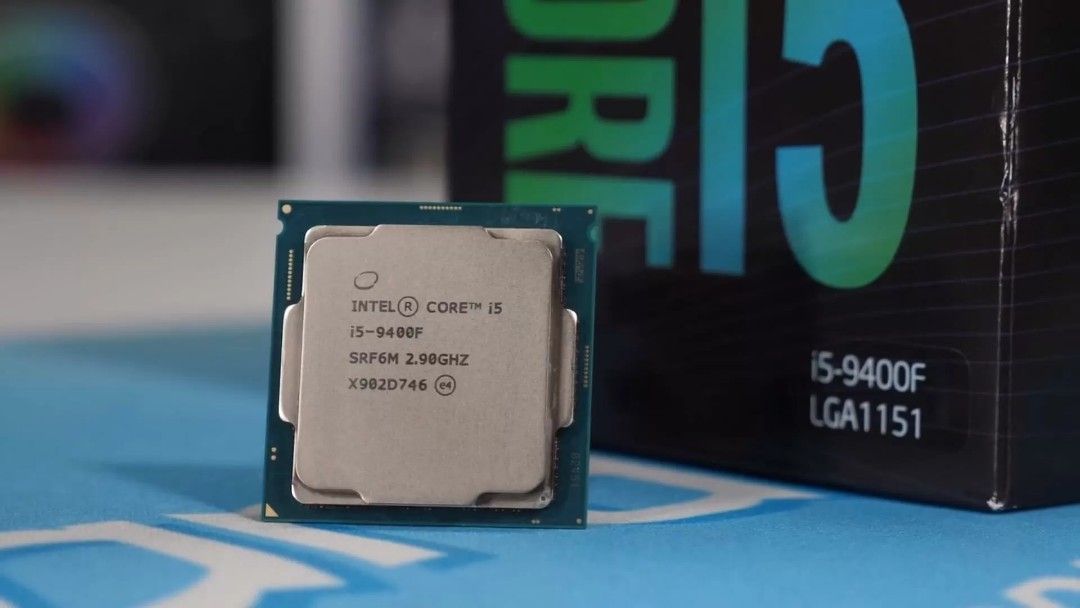
The Gaming Landscape
Compatibility with Gaming Requirements
Gaming performance on the i5-9400F is respectable. Most modern games don’t fully utilize more than four cores, which makes this six-core processor more than adept for gaming. When it comes to popular titles where single-core performance is crucial, the i5-9400F shines, offering a cost-effective solution for budget-conscious gamers. However, lacking an integrated GPU means a discrete graphics card is essential, which can affect the overall cost effectiveness for a user who isn’t planning on gaming or other graphics-intensive tasks.
Impact on Frames Per Second (FPS) and Rendering
Gamers will find that the i5-9400F will not bottleneck a mid-range graphics card and can comfortably maintain a high FPS count in the majority of games at 1080p resolution. In games that require more CPU power for physics simulations or handling large numbers of NPCs, the chip might show its limitations. However, for a majority of current titles and even some future games, the i5-9400F is a capable processor that can deliver an enjoyable gaming experience.

Where the i5-9400F Stands
Cost-Performance Ratio
When assessing value, the Intel Core i5-9400F provides a competitive cost-performance ratio, primarily due to its omission of an integrated GPU which reduces its price point. For users with dedicated graphics solutions, the savings are beneficial. The processor’s pricing positions it well against competitors, and for consumers looking for a blend of performance without breaking the bank, it’s an attractive option.
Comparing to Peers and Alternatives
In its category, the i5-9400F faces competition from both Intel’s own lineup and AMD rivals. Compared to Intel’s Core i5 with integrated graphics, the 9400F can offer better value to users who don’t need the extra GPU. Against AMD’s Ryzen offerings, particularly the Ryzen 5 family, the comparison becomes nuanced. AMD’s alternatives tend to offer better multi-threaded performance due to more threads, which can appeal to users with workloads that benefit from that design. The choice between the two may come down to specific use cases, brand loyalty, and budget constraints.
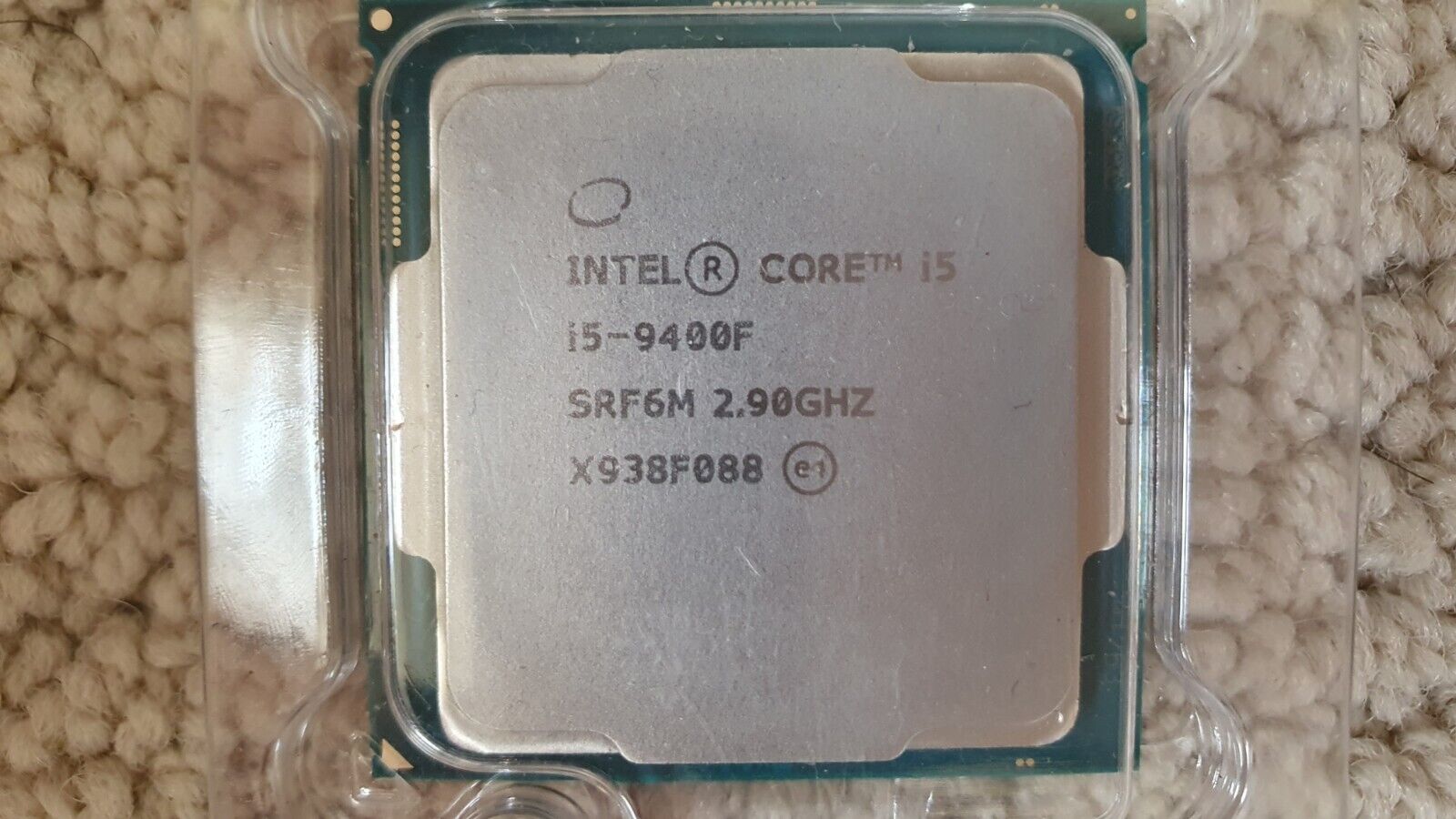
Real-World Usage Scenarios and Longevity
Daily Productivity and Content Creation
The i5-9400F is well-equipped to handle daily productivity tasks with ease. Whether you’re delving into spreadsheets, word processing, or extensive data analysis, the processor delivers snappy performance that can boost workplace efficiency. Its muscle also extends to content creation, including photo editing and basic video rendering, though it may fall behind in time-consuming render tasks or highly threaded applications. Considering futureproofing, the processor’s lack of Hyper-Threading may seem a limitation as applications continue to evolve to utilize additional threads, consequently influencing the longevity of the CPU for more demanding users.
Future-Proofing for Tech Enthusiasts
Tech enthusiasts often look to future-proof their builds to delay the inevitable obsolescence. The Intel Core i5-9400F, while potent today, faces a finite relevance with the advent of more robust CPUs and next-gen software that exploits multi-threading capabilities. Despite this, its six-core structure remains a sweet spot for usage not poised to extensively multitask, suggesting its competence in the system for several years before an upgrade becomes mandatory for cutting-edge applications or for those whose computing demands grow significantly.

Analyzing the Upgrade Potential
Expandability with Other Hardware
When considering the i5-9400F for a new build or as an upgrade, one must assess the system’s expandability. The processor pairs well with a range of motherboards that support PCIe for graphics and storage upgrades. RAM can also be scaled up to meet more demanding tasks. However, a major upgrade such as adding more cores or threads may require a new CPU altogether, potentially necessitating a motherboard switch if socket types evolve.
The Upgrade Path and Market Evolutions
For users contemplating an upgrade path, the i5-9400F sits at a crossroads. Its performance today is robust enough for the majority of tasks, but the inexorable march of technology means that eventually, it will fall behind, pressing users to consider future CPUs with more threads or advanced architectures. As Intel and AMD release new generations of processors with significant enhancements in power efficiency and performance, coupled with declining prices over time, the i5-9400F’s dominance in the mid-range bracket may diminish, nudging users towards more current alternatives.
While the Intel Core i5-9400F @ 2.90GHz offers solid performance, particularly in single-threaded applications and gaming, its value proposition depends heavily on the user’s specific needs and future technology developments. Its architectural strengths lie in its core count and clock speeds, whereas its lack of integrated graphics and Hyper-Threading may impact diverse use cases. The processor remains a pragmatic choice for users eyeing a balance between cost and capability, with the caveat of inevitably facing an upgrade decision to keep pace with advancements in processing technology and software demands.
